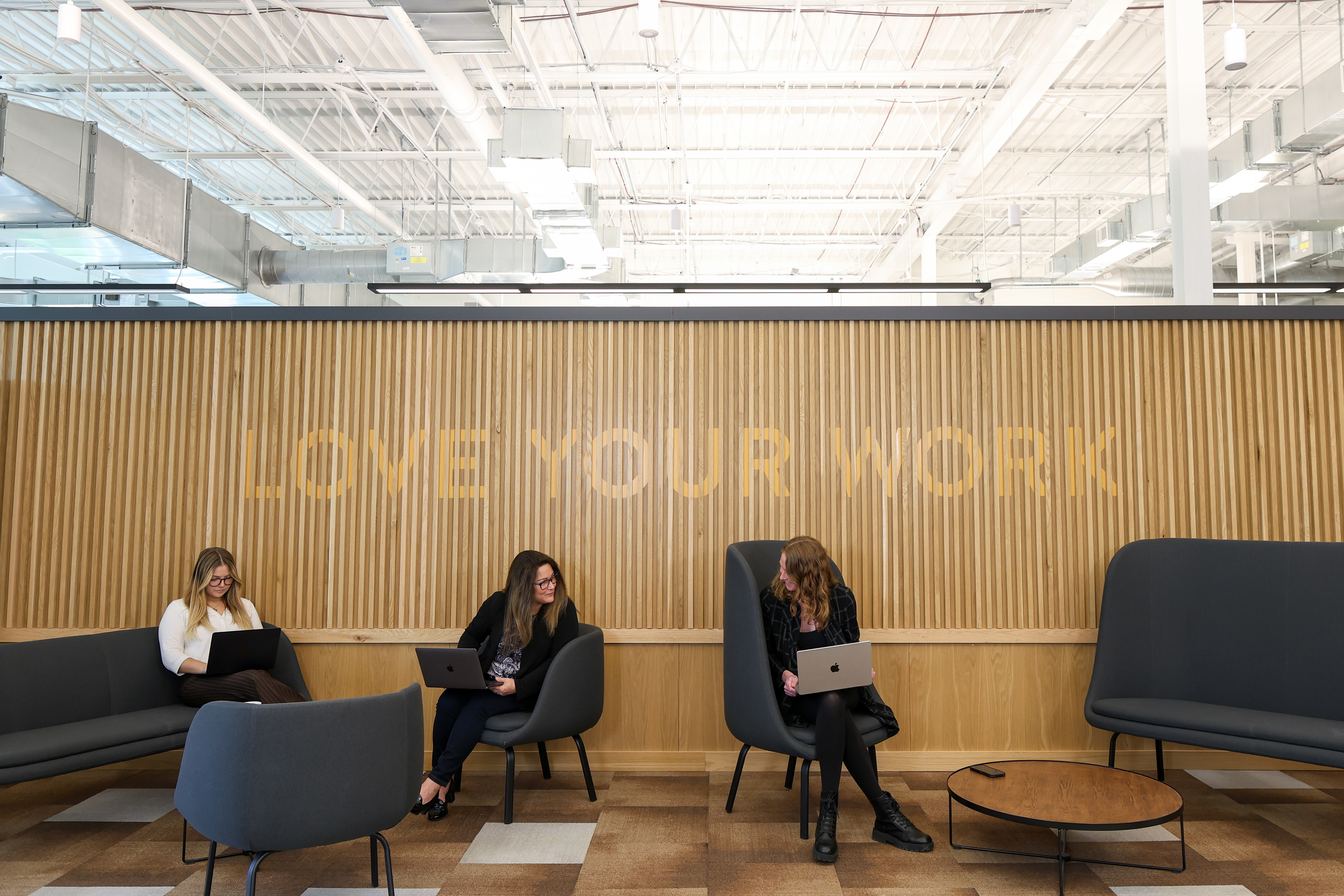Succeeding In The New Normal: Strategies For Creating An Effective Hybrid Work Model

The transition to hybrid work offers an opportunity to reimagine work processes and build a more resilient, happy, and productive workforce. But creating an effective hybrid work model poses a unique set of challenges and opportunities for companies striving to balance flexibility with productivity. A hybrid work strategy requires a nuanced understanding of workforce needs and the development of clear policies that support both the organization's goals and employee satisfaction.
As an expert on how to implement an effective hybrid work model, I’ve listed some best practices here that can guide companies in making hybrid work a rewarding and sustainable solution.
Establish clear policies and expectations.
At the foundation of a successful hybrid work model is clear communication and well-defined policies. Companies should establish clear guidelines regarding the days employees are expected to be in the office and when they can work remotely.
This not only helps maintain operational consistency but also sets clear expectations for employees, reducing confusion and boosting productivity. Employees don’t come into the office for bagels and happy hours, they come in to collaborate and get face time with their mentors and peers.
Invest in technology and infrastructure.
As we witness the early stages of tech-enabled collaboration tools for remote and hybrid work, we're not just watching the evolution of how we connect and collaborate across distances, but we're actively participating in a transformative period that promises to redefine the boundaries of innovation, teamwork and productivity in the digital era.
To support a seamless hybrid work environment, companies need to invest in technology and infrastructure. This includes reliable internet access, secure VPN connections, and collaborative tools that facilitate remote work.
Equally important is the setup of an ergonomic and efficient home-office environment for employees that enables them to do their best work.
Foster a culture of trust and accountability.
One of the key challenges in a hybrid work model is maintaining trust and accountability without the constant physical presence of team members. Companies need to foster a culture where output and results are valued over physical presence. This means trusting employees to manage their time effectively and focusing on the achievement of outcomes rather than micromanaging work processes.
Support employee well-being and engagement.
Supporting employee well-being and engagement is crucial if your hybrid work model is to be a success. Offer resources and support for mental health, provide opportunities for social interaction among employees, and encourage a healthy work-life balance. Recognizing and addressing the potential for isolation or burnout in remote workers is crucial for maintaining a healthy and engaged workforce.
Encourage regular feedback and adaptation.
No one said managing all the different people and generations in the workforce was easy. It’s important for companies to take a flexible approach to hybrid work policies, encouraging regular feedback from employees and a willingness to adapt practices as needed. This could mean adjusting the balance between remote and in-office work, modifying work hours or revising communication strategies to better meet employee needs and organizational objectives.
Offer a co-working space as an option.
Good coworking spaces provide an ecosystem designed to support the diverse needs of a hybrid workforce, facilitating productivity, collaboration, and employee well-being.
Think of it as a "third place." Flexible workspaces can be a place for employees to collaborate and focus that's closer to home without necessarily being at home. They can also enhance employee well-being and engagement through community and, for your business, offer scalability while balancing cost-effectiveness.
Overall, the transition to hybrid models represents not just a shift in where we work, but a fundamental transformation in how work is conceptualized and executed. The strategies outlined above underscore the multifaceted approach necessary for a successful shift.
By embracing these best practices, companies can navigate the complexities of hybrid work, ensuring that they not only thrive in this new landscape but also forge a path toward a future where work is more adaptable, resilient, and aligned with the human touch that drives innovation and productivity.
As we move forward, the commitment to continuously adapt and respond to the evolving needs of employees will be paramount in building sustainable, fulfilling work environments that are fit for the challenges and opportunities of the 21st century.
This article was previously published on forbes.com.


